pleasesubscribe us @Architecture.office
Modern facade design is a crucial element of contemporary architecture, as it sets the tone for the overall aesthetic of a building and can greatly impact its functionality. In recent years, there has been a shift towards incorporating sustainable and eco-friendly elements into facade design, as well as a focus on creating visually striking structures that stand out in the urban landscape.
One trend in modern facade design is the use of innovative materials and technologies, such as photovoltaic panels, dynamic shading systems, and smart glass. These elements not only enhance the building's energy efficiency, but also create a dynamic and interactive experience for occupants and passersby. For example, dynamic shading systems can adjust to the sun's position throughout the day, providing optimal natural lighting while reducing heat gain and glare.
Another trend is the incorporation of greenery into facade design, such as living walls and green roofs. These elements not only improve the building's environmental impact, but also provide a natural and calming aesthetic. Living walls can also help to improve air quality and reduce noise pollution, making them a popular choice for urban spaces.
In terms of aesthetic trends, there has been a move towards creating unique and bold facades that stand out in the urban landscape. This is often achieved through the use of geometric shapes, vibrant colors, and striking patterns. Additionally, many architects are incorporating cultural and historical references into their designs, creating buildings that reflect their surroundings and community.
Overall, modern facade design is a complex and ever-evolving field that requires a balance of aesthetics, functionality, and sustainability. As the demand for sustainable and visually striking buildings continues to grow, we can expect to see even more innovative and exciting developments in the world of facade design.
Modern facade design is a crucial element of contemporary architecture, as it sets the tone for the overall aesthetic of a building and can greatly impact its functionality. In recent years, there has been a shift towards incorporating sustainable and eco-friendly elements into facade design, as well as a focus on creating visually striking structures that stand out in the urban landscape.
One trend in modern facade design is the use of innovative materials and technologies, such as photovoltaic panels, dynamic shading systems, and smart glass. These elements not only enhance the building's energy efficiency, but also create a dynamic and interactive experience for occupants and passersby. For example, dynamic shading systems can adjust to the sun's position throughout the day, providing optimal natural lighting while reducing heat gain and glare.
Another trend is the incorporation of greenery into facade design, such as living walls and green roofs. These elements not only improve the building's environmental impact, but also provide a natural and calming aesthetic. Living walls can also help to improve air quality and reduce noise pollution, making them a popular choice for urban spaces.
In terms of aesthetic trends, there has been a move towards creating unique and bold facades that stand out in the urban landscape. This is often achieved through the use of geometric shapes, vibrant colors, and striking patterns. Additionally, many architects are incorporating cultural and historical references into their designs, creating buildings that reflect their surroundings and community.
Overall, modern facade design is a complex and ever-evolving field that requires a balance of aesthetics, functionality, and sustainability. As the demand for sustainable and visually striking buildings continues to grow, we can expect to see even more innovative and exciting developments in the world of facade design.
- Catégories
- Architecte
- Mots-clés
- modern facade, facade design, modern facade design









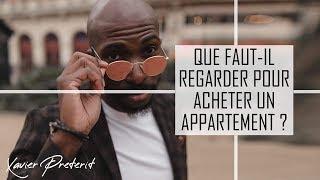
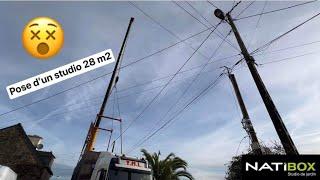

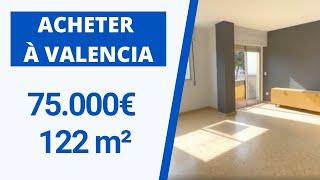
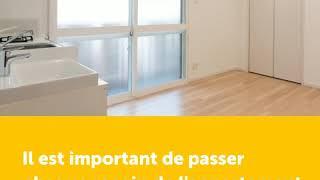
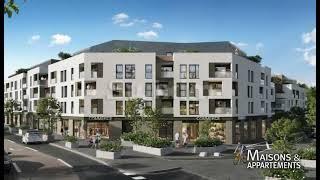
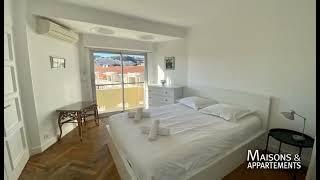
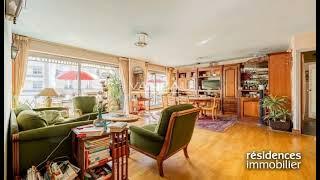



Commentaires